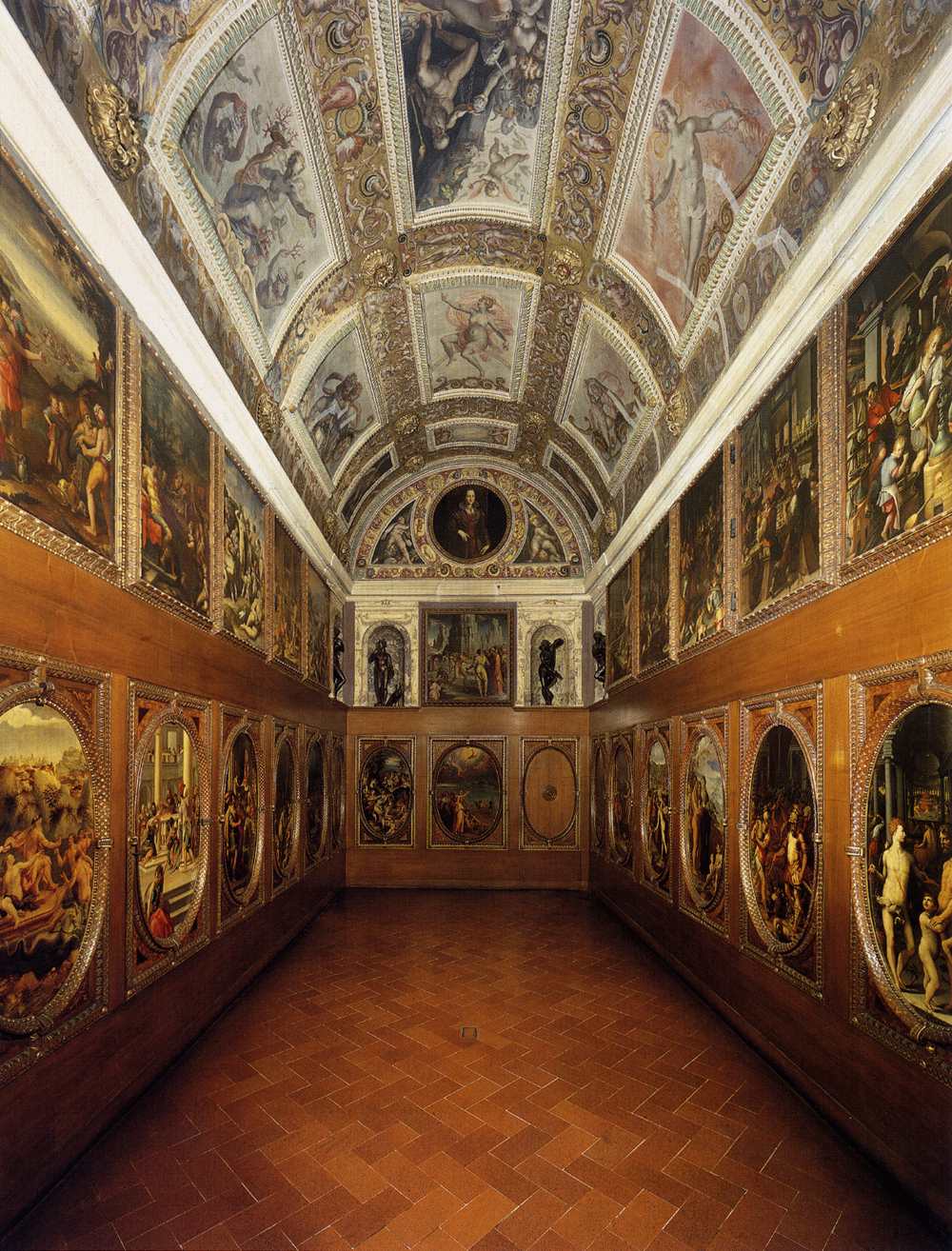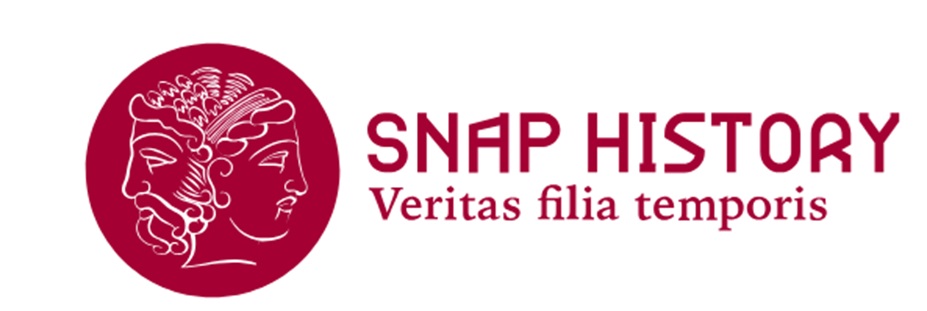The Prince-Magician Francesco I de’ Medici (1541-1587)
The Secret Cabinets of the Wizard Prince

The study of Francis I Wikimedia Commons
Francesco I, known today as the Prince of the Studiolo, is one of the most sinister and enigmatic figures in late 16th century Italian history. Despite his virtuous behavior and wise administrative decisions, the duke is primarily remembered for his morbid passion for alchemy and esotericism.
His fascination with naturalia and artificialia earned him the nickname of the Prince-Mage. This title is particularly fitting when considering that he would often seclude himself in his laboratories, where he carved precious stones, experimented with medicinal waters, and worked with objects deemed arcane artifacts, later hiding the fruits of his research in his Studiolo.
"He spends almost all his time in a place called the Casino, where, in a manner of a small arsenal, in various rooms he has different masters working on various things. Here he keeps his alchemical apparatus and every one of his devices. Here, he enters in the morning and stays until dinner time, and after dinner, he returns to remain until evening."
The Studiolo was a dark and isolated place where Francesco I would retreat to admire his strange creations and hide them from the eyes of his courtiers. The duke used to store the artifacts inside decorated cabinets, which not only concealed mysteries and secrets but also served as secret passageways that allowed movement within the Palazzo Vecchio in Florence.
The Prince's mystery does not stop at the objects he possessed, of which only sporadic information exists today, but also extends to the esoteric iconographic program developed by the scholar Vincenzo Borghini. Together with Giorgio Vasari, Borghini determined the order and subjects to be depicted on the cabinet doors. The figures present a complex symbolic game, uniting mythology, science, and technique, creating a continuum where the fables of the ancients harmoniously coexist with the alchemical, metallurgical, and pharmaceutical experiments studied by the Prince-Mage.
Gori Pasta Orsola, Galluzzi, Jacopo Riguccio, in Biographical Dictionary of Italians, LI, Rome, Institute of the Italian Encyclopedia, 1998
Berti Luciano, Il Principe dello Studiolo. Francesco I dei Medici e la fine del Rinascimento fiorentino, Pistoia, Maschietto, 2002, pp. 25-97
Benzoni Gino, Francesco I de’ Medici, granduca di Toscana, in Biographical Dictionary of Italians, XLIX, Rome, Institute of the Italian Encyclopedia, 1997
Paola Barocchi, in Agostino Del Riccio Istoria delle pietre, Florence, SPES, 1979, pp. 9-10
William Eamon, La scienza e i segreti della natura nella cultura medievale e moderna, Genoa, ECIG, 1999, pp. 399-400
Valentina Conticelli, «Guardaroba di cose rare et preziose». Lo Studiolo di Francesco I de' Medici (arte storia e significati), Lugano, Agorà, 2007, pp. 50-53
Bachelor's thesis, Lo Studiolo di Francesco I de’ Medici fra tradizione e innovazione: la rappresentazione delle miniere, Andrea Ciaponi, University of Ferrara, 2022
Andrea Ciaponi
2025-05-01
Salvatore Ciccarello
